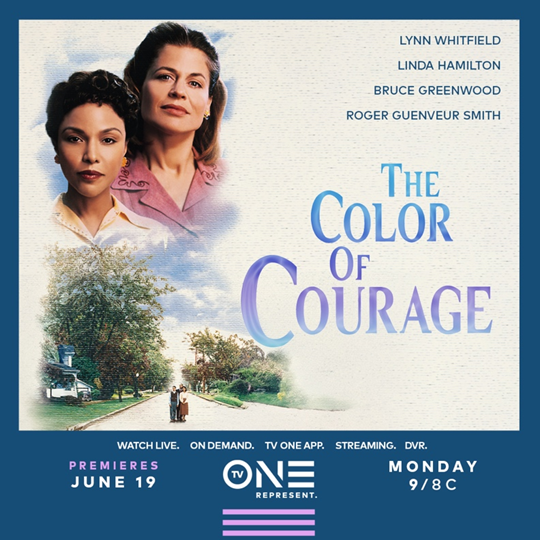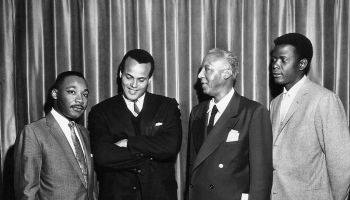Hidden within America’s history of racial discrimination and segregation, racially restrictive covenants have influenced and continue to affect black communities.

Source: TV One / TV One
Lee Rose’s 1998 film The Color Of Courage, explores the historic 1948 Supreme Court case Sipes v. McGhee, which ultimately ended the practice of racially restrictive covenants. But these types of nefarious agreements had major impacts on Black families during the 1930s and 1940s.
What are racially restrictive covenants?
A restrictive covenant, or restrictive agreement, is a contractual provision that limits certain actions or behaviors of one or more parties involved. It’s commonly used in various legal contexts such as employment agreements, real estate transactions and business contracts. In the 1940s these covenants were used as a tool to enforce housing discrimination and segregation. White homeowners typically inserted restrictions into their property deeds, explicitly stating that property could not be sold or rented to Black families. These covenants were intended to ensure that growing White neighborhoods stayed white.
White homeowners would also use neighborhood associations to enforce the covenants. These associations would keep lists of approved buyers and enforce racial restrictions by monitoring all property sales and leases. These associations would also put pressure on white homeowners to participate in the ostracizing of Black families who tried to work around the covenants.
This is what happened to the Sipes family in 1944 when Orsel and Minnie McGhee, a Black family, moved into a Detroit home surrounded by white neighbors.
Read More at NewsOne:
















